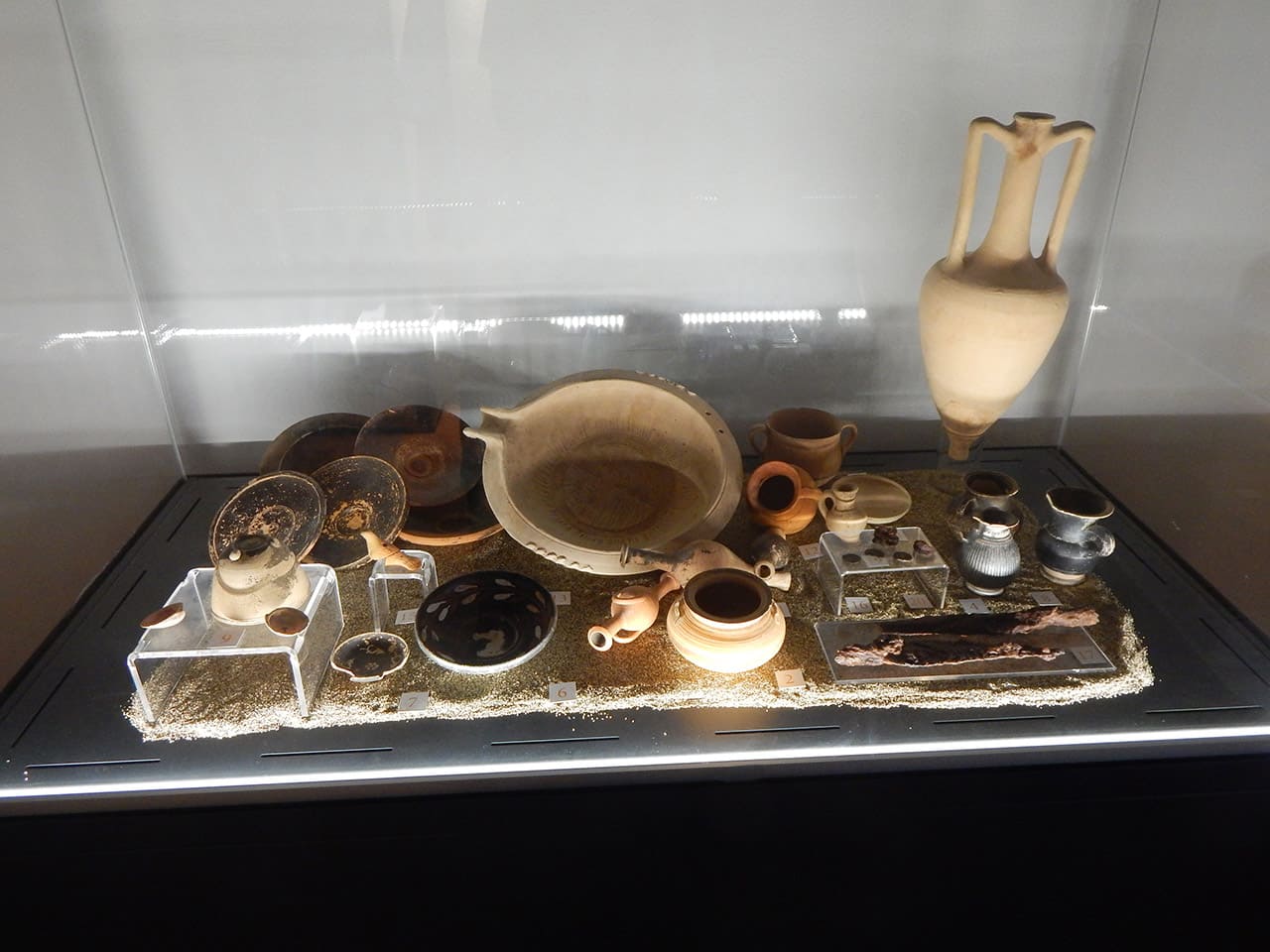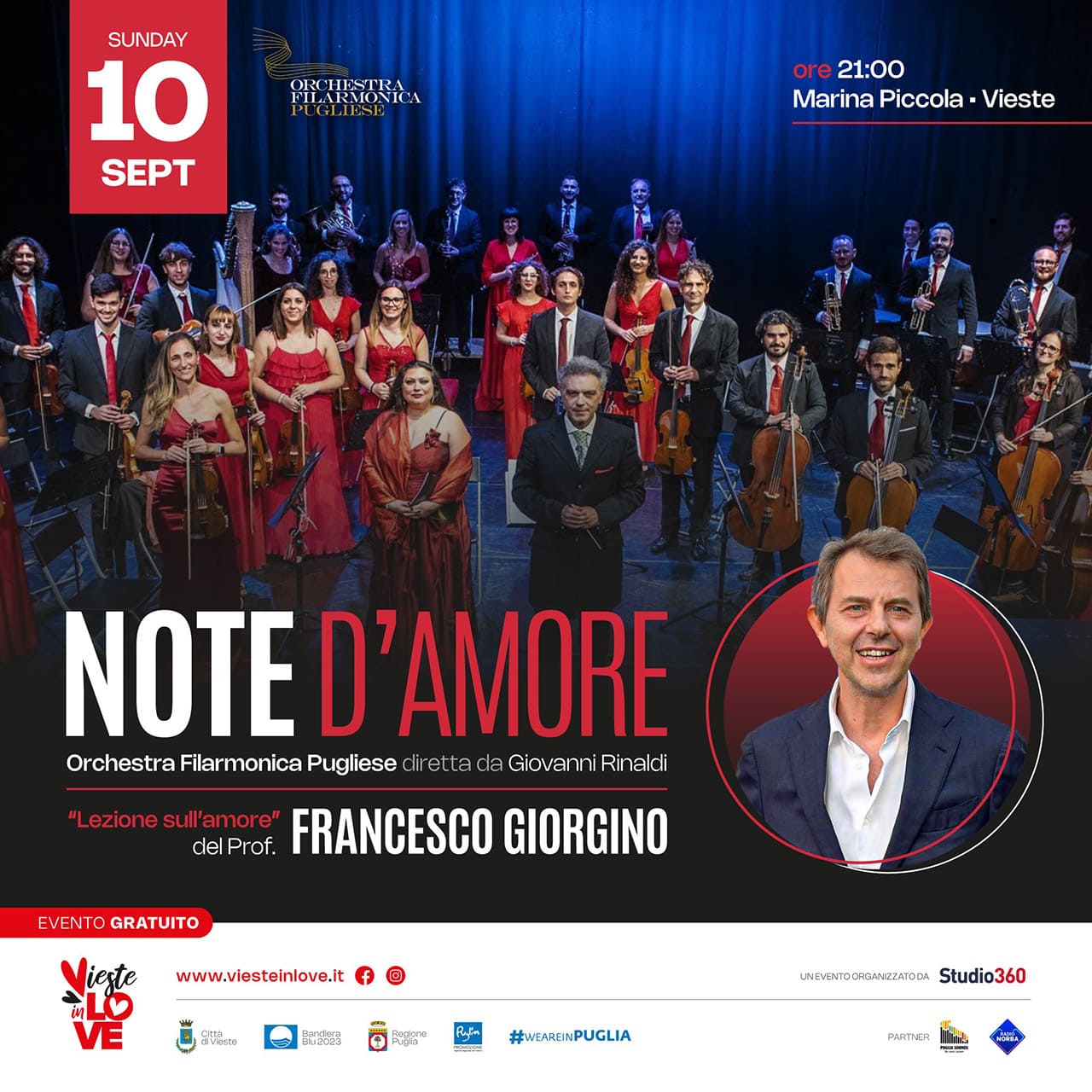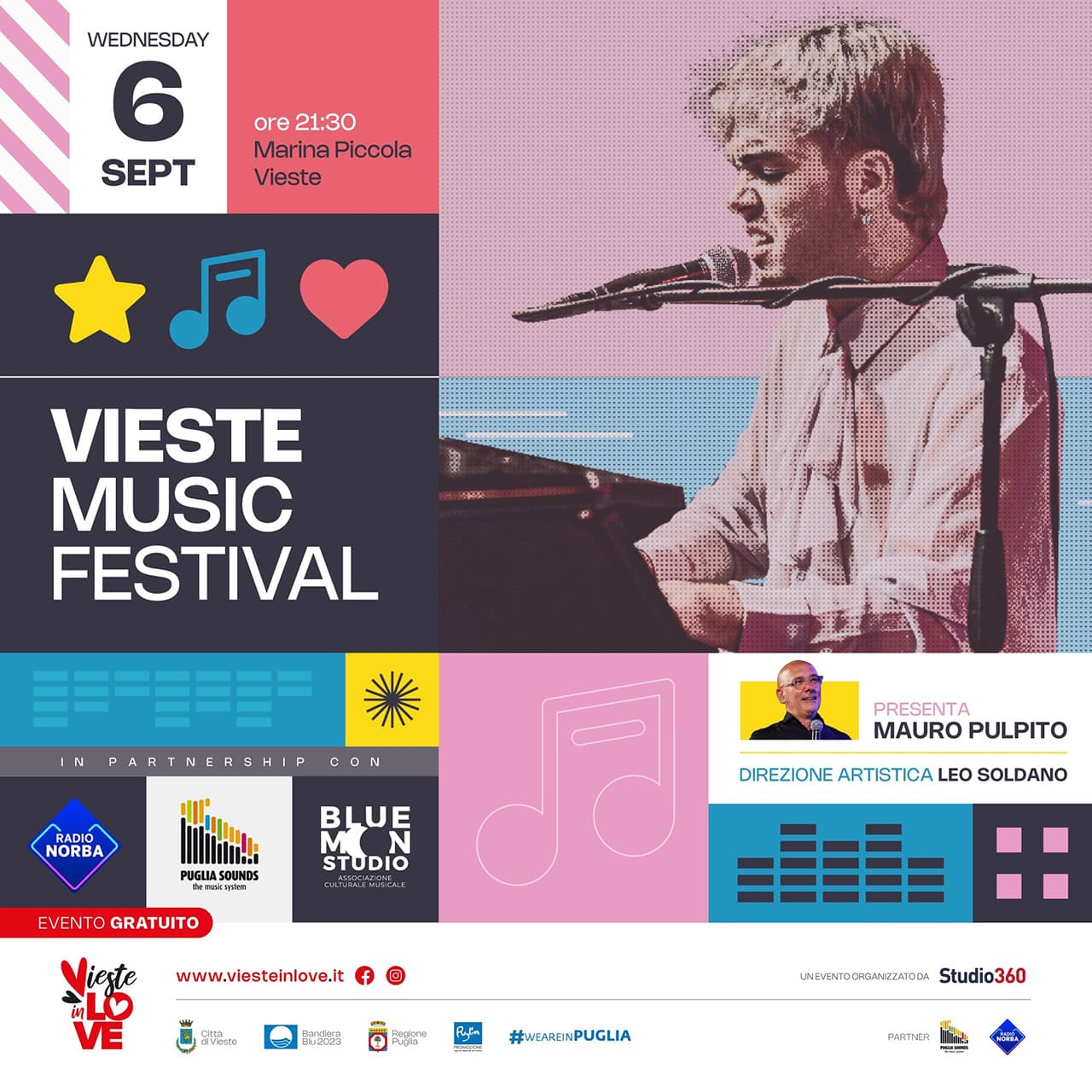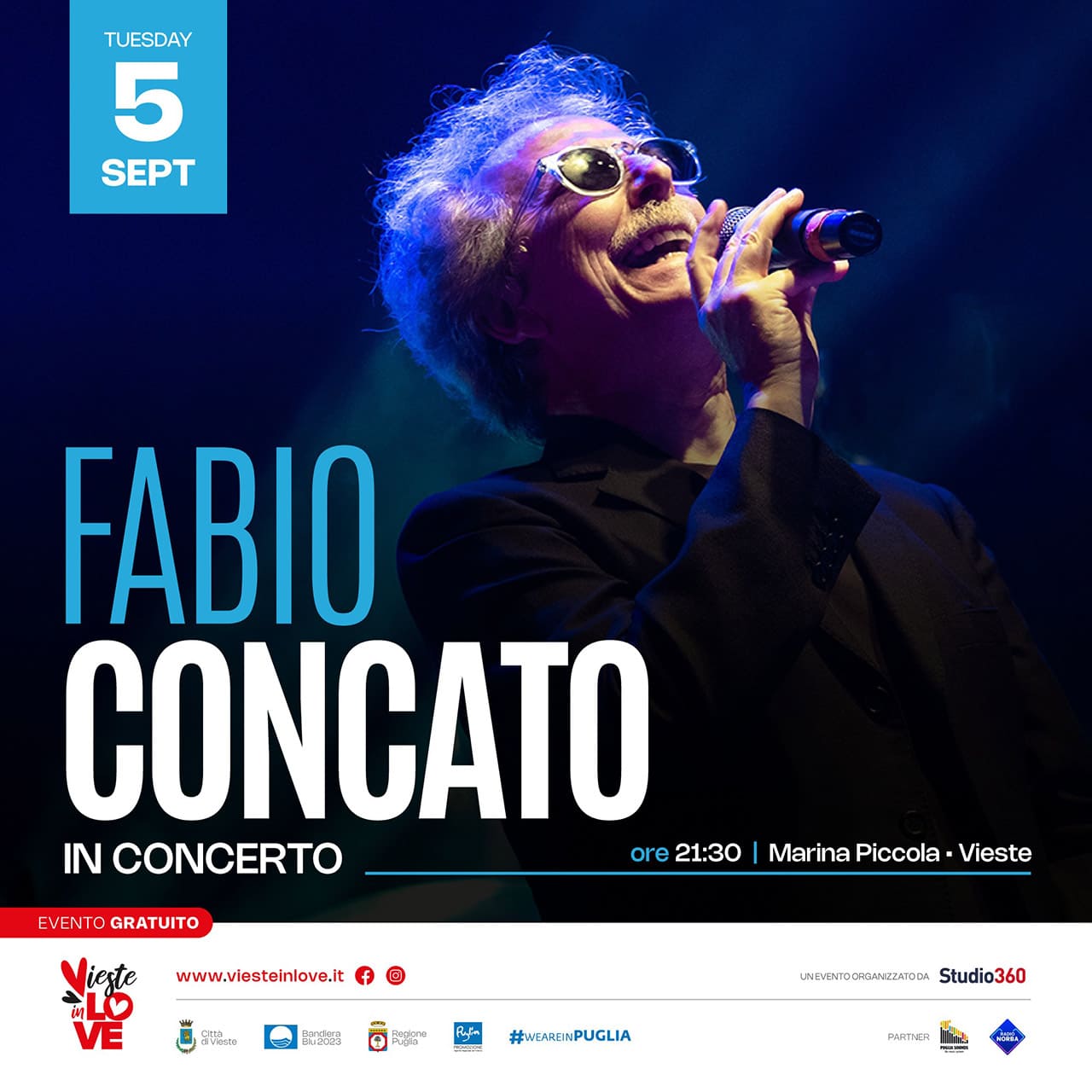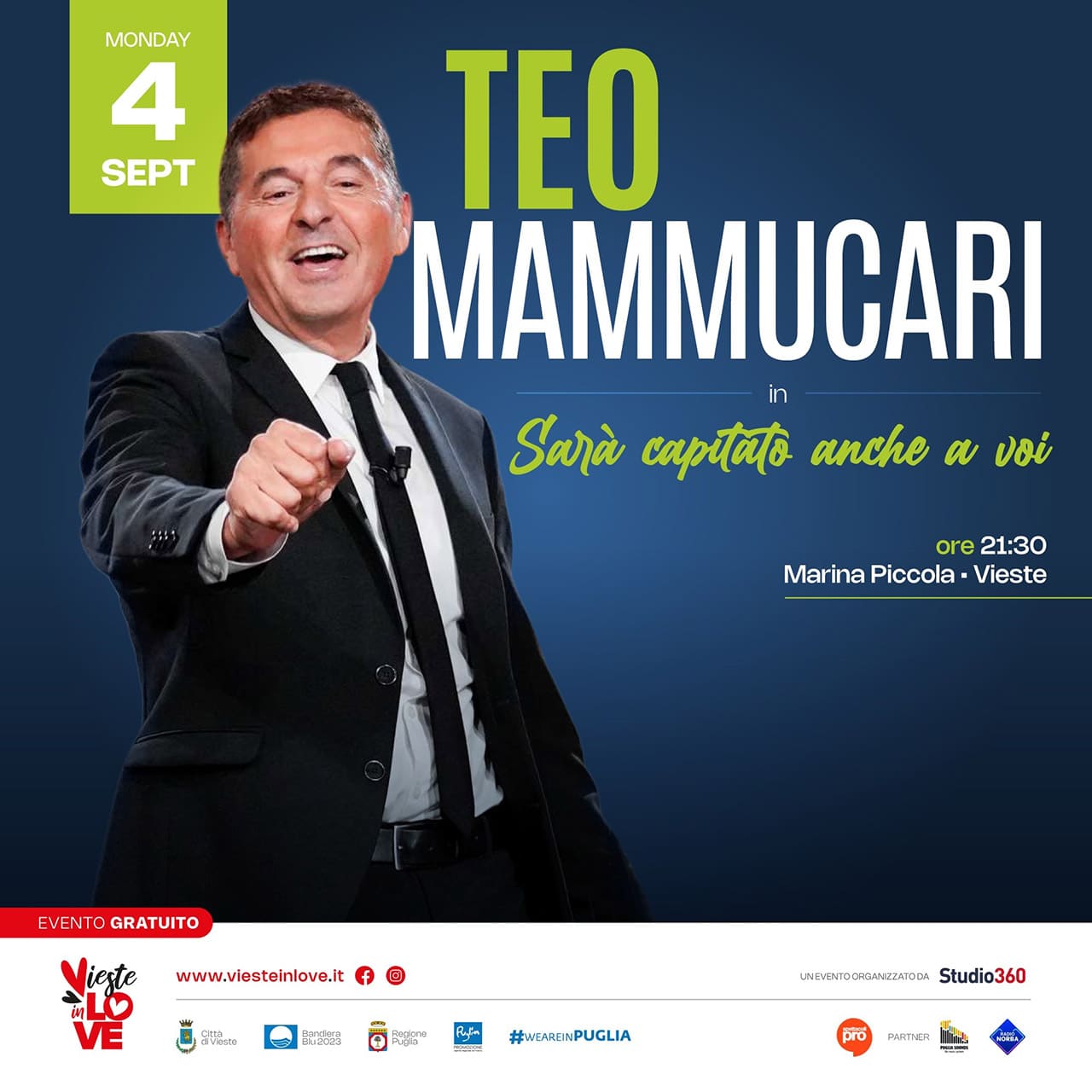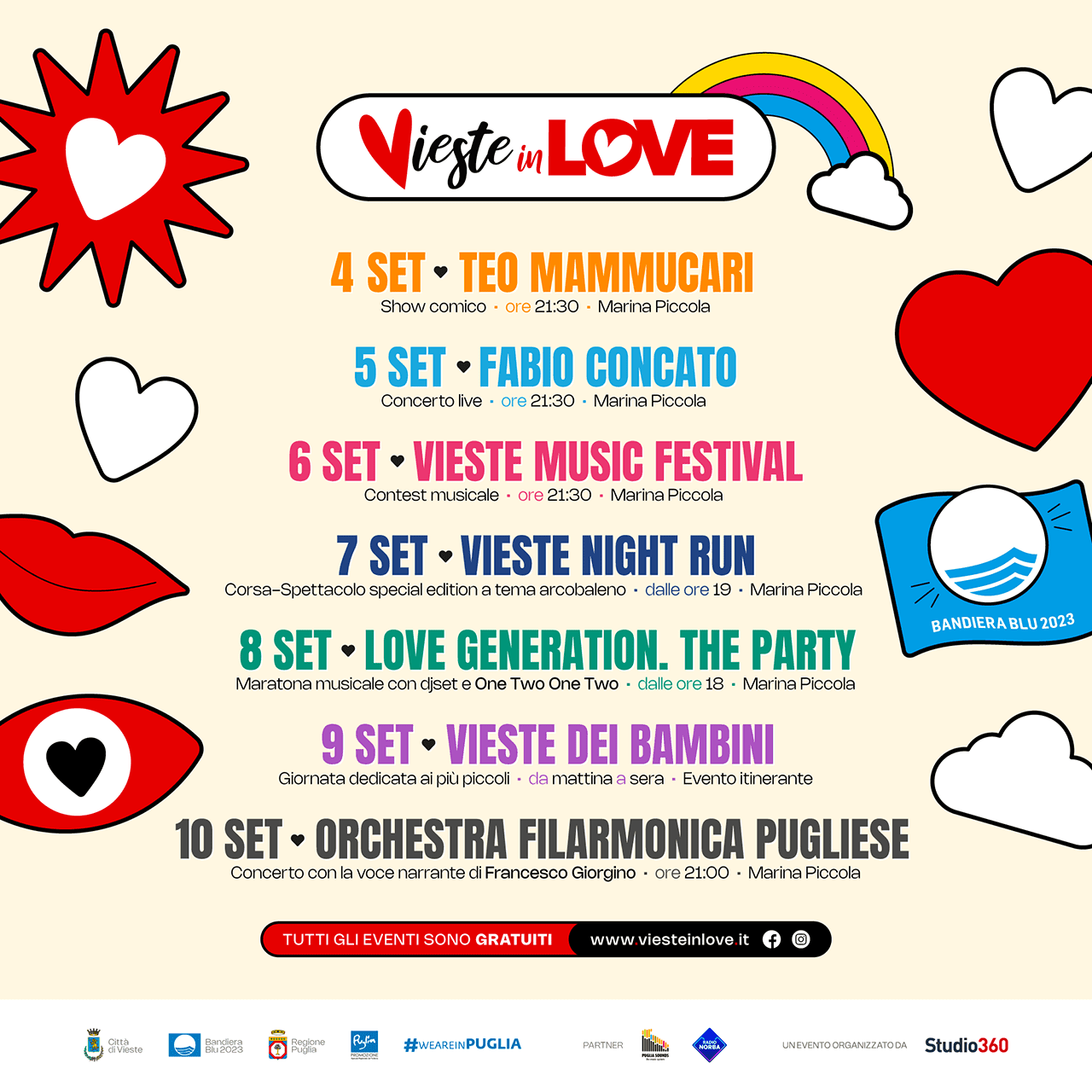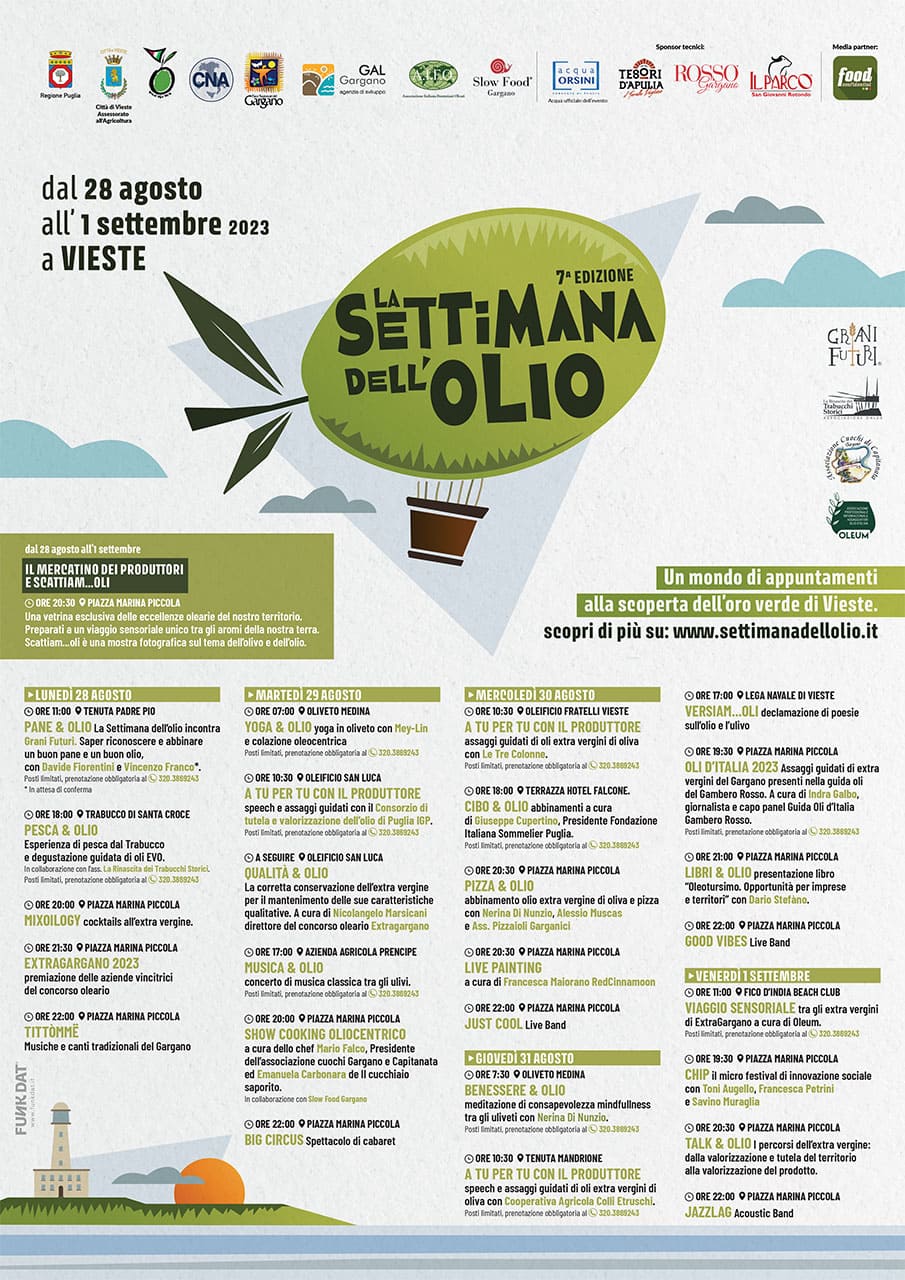L’insediamento dei Cappuccini a Vieste risale al 1624 quando un comitato di illustri cittadini locali si recò ad Isernia al Consiglio Generale dell’Ordine per chiedere l’apertura di un convento a Vieste. La richiesta venne esaudita nel 1633 quando Don Natale e Luca Fazzini, nobili possidenti viestani, donarono il suolo e parte del materiale edile per l’erezione dell’edificio.Tra i vari rifornimenti che vengono elencati all’interno dei registri del convento, i frati furono anche provvisti di fucili e di munizioni perché dovevano difendersi da soli da assalti nemici. Dopo il terremoto del 1646 il convento dei cappuccini venne trasformato in un ospitale per accogliere gli sfollati e curare i feriti, la chiesa invece ospitò quello che rimase degli arredi e delle suppellettili che scamparono alla rovina della cattedrale. I frati operarono a Vieste fino all’epoca napoleonica e nel 1866 fu definitivamente chiuso. La chiesa diventata parrocchia fu dedicata al Santissimo Sacramento per ospitare i nuovi abitanti del rione di Santa Croce. L’interno si presenta molto semplice con un solo altare su cui troneggia la grande pala della Madonna e santi del pittore viestano, ma di origine spagnole, Giovanni De Lo Preite. L’opera si ritiene superstite di un trittico e rappresenta una Sacra Conversazione tra la Madonna che allatta il Bambino e vari santi. Le nicchie aperte lungo le mura perimetrali della chiesa conservano diverse statue di santi tra cui Santa Filomena e Santa Brigida di Svezia che qui approdò per raggiungere la Sacra Grotta di San Michele sul Monte Gargano. Il chiostro adiacente la chiesa oggi ospita il museo civico della città con le collezioni archeologiche che testimoniano la presenza dell’uomo in questo territorio fin da tempi antichissimi.
The settlement of the Capuchins in Vieste dates back to 1624 when a committee of local citizens went to Isernia to the General Council of the Order to ask for the opening of a convent in Vieste. The request was granted in 1633 when Don Natale and Luca Fazzini, noble owners of Vieste, donated the land and part of the building materials. Among the various supplies listed in the registers of the monastery, the friars were also provided with rifles and ammunition because they had to defend themselves against enemy assaults. After the earthquake of 1646 the convent was transformed into a hospital to welcome the displaced and treat the wounded, the church instead housed what remained of the furnishings saved from the ruins of the cathedral. The friars operated in Vieste until the Napoleonic era and in 1866 it was definitively closed. The church became a parish and was dedicated to the Blessed Sacrament to accommodate the new inhabitants of the district of Santa Croce. The interior is very simple with only one altar on which stands the great altarpiece of the Madonna and Saints by the local painter, but of Spanish origin, Giovanni De Lo Preite. The work is believed to be the survivor of a triptych and represents a Sacred Conversation between the Madonna nursing the Child and various saints. The niches open along the perimeter walls of the church preserve several statues of saints including St. Philomena and St. Bridget of Sweden who landed here to reach the Sacred Cave of St. Michael on Mount Gargano. The cloister beside to the church today houses the civic museum with archaeological collections that testify to the presence of man in this area since ancient times.
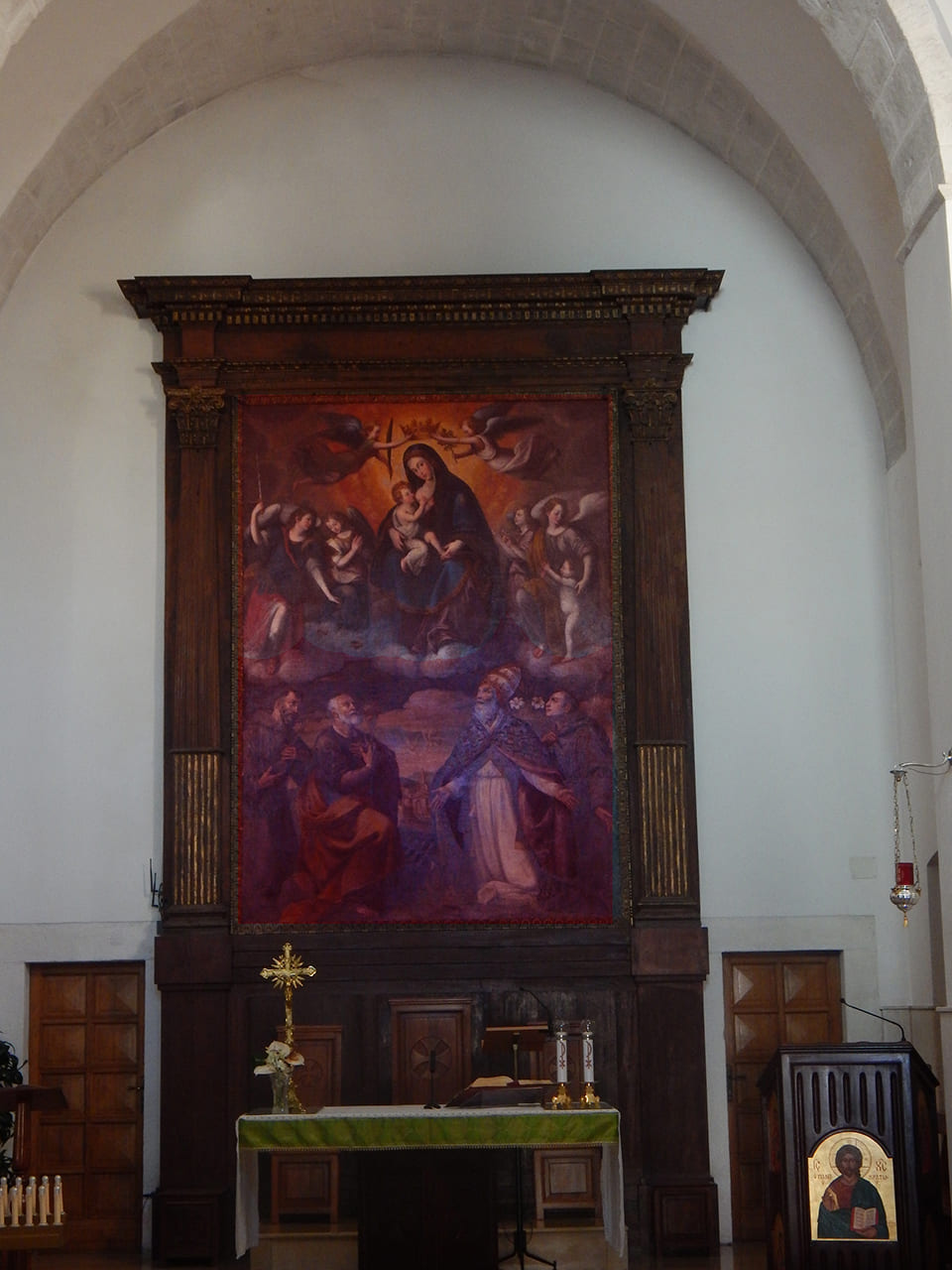
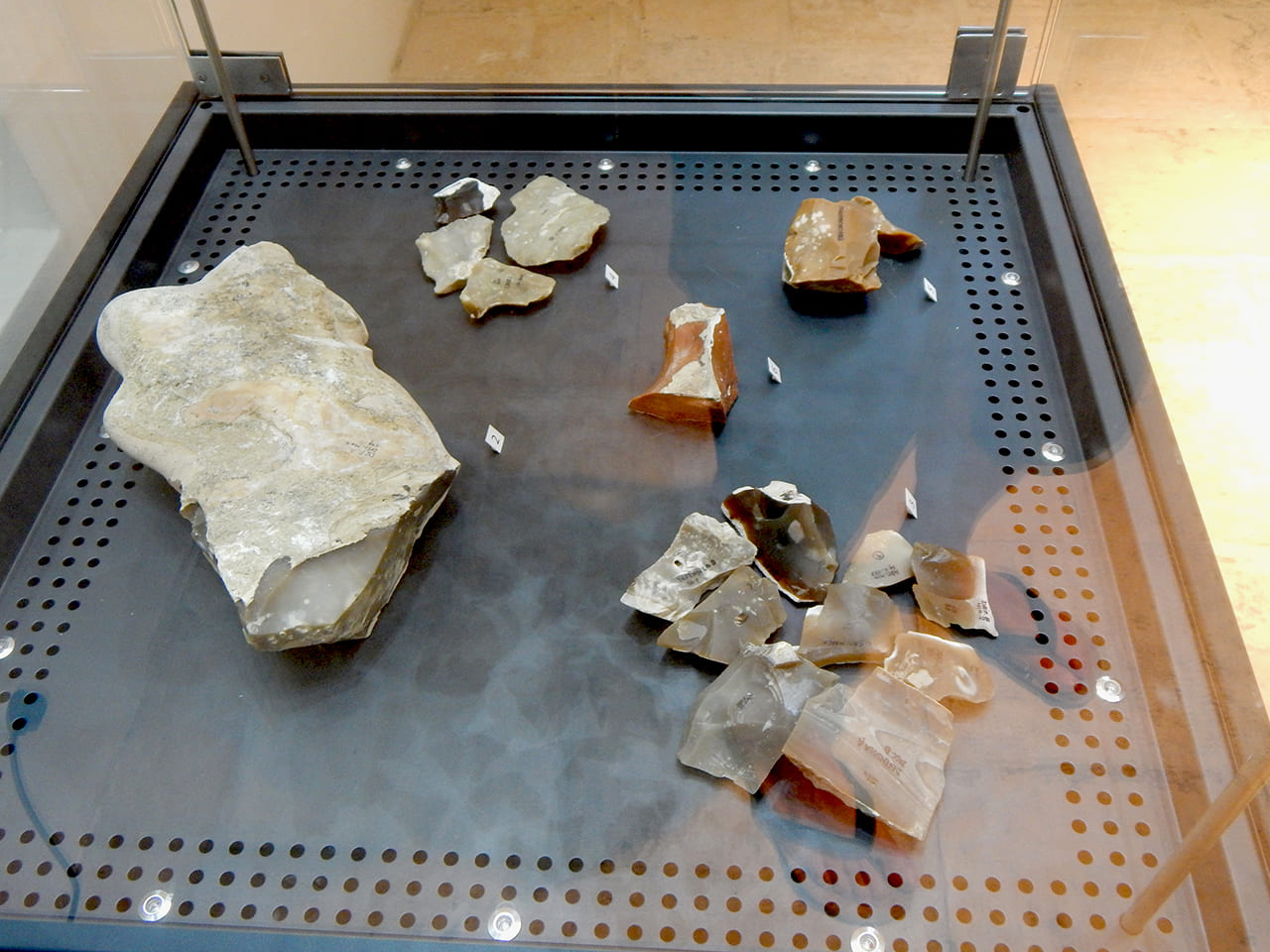
MULTIMEDIALE
Il Museo Civico Archeologico “Michele Petrone” di Vieste si sviluppa all’interno del complesso conventuale della Beata Vergine degli Angeli, e raccoglie reperti antichi che vanno dal Neolitico e dl Paleolitico fino all’epoca Tardo Antica. Intitolato al medico Michele Petrone (1867 – 1935), Regio Ispettore Onorario dei Monumenti e Scavi di Antichità di Vieste, il museo presenta, nelle prime due sale, una selezione di reperti databili dall’Età dei Metalli all’Età ellenistico-romana, provenienti dalla raccolta archeologica che Michele Petrone lasciò in eredità al Comune. Tra i reperti esposti spiccano le epigrafi con testo in greco antico ritrovate a Vieste nel XIX secolo, le cosiddette “iscrizioni messapiche”, quelle votive dedicate a Demetra, e la raccolta di anfore da trasporto ed ancore litiche trovate nelle baie che del litorale viestano. Le altre sale invece ospitano reperti della miniera di selce più antica d’Europa che si trova in località Defensola insieme ai vasi in ceramica che servivano agli antichi minatori neolitici per il trasporto di acqua e cibo all’interno della miniera, le lucerne per l’illuminazione degli ambienti bui della miniera. Al primo piano, invece, è esposto, il ricco corredo della tomba rinvenuta nel 2006 nel cortile del Palazzo Comunale di Vieste a tre metri di profondità. Tra i reperti spiccano i vari oggetti in ceramica con decorazione geometrica o in stile Gnathia, piatti a vernice nera, diverse lucerne miniaturistiche e due vasetti in vetri policromo; 17 monete provenienti dall’antica Arpi, Siracusa, dall’Acarnania in Grecia e diverse monete risalenti all’epoca della Roma repubblicana. Nella grande sala del museo infine troviamo il reperto più interessante della collezione: uno scaraboide di 16 x 22 mm in cristallo di rocca decorato con un cirneco dell’Etna, cane da caccia tipico dell’Etna di origine egizia discendente dallo sciacallo sacro al dio Anubis.
The Civic Archaeological Museum “Michele Petrone” of Vieste is located inside the convent complex of the Blessed Virgin of the Angels, and collects ancient finds ranging from the Neolithic and Paleolithic to the Late Ancient period. Titled to the doctor Michele Petrone (1867 – 1935), Honorary Royal Inspector of the Monuments and Excavations of Antiquity of Vieste, the museum presents, in the first two rooms, a selection of finds dating from the Metal Age to the Hellenistic-Roman Age, from the archaeological collection that Michele Petrone bequeathed to the Municipality. Among the exhibits are the epigraphs with text in ancient Greek found in Vieste in the 19th century, the so-called “Messapian inscriptions”, the votive ones dedicated to Demeter, and the collection of amphorae for transport and lithic anchors found in the bays along the coast of Vieste. The other rooms, on the other hand, house finds from the oldest silex mine in Europe, located in the place called Defensola, together with the ceramic vases used by the ancient Neolithic miners to transport water and food inside the mine, and the lamps for lighting the dark rooms of the mine. On the first floor, instead, is exposed, the rich equipment of the tomb found in 2006 in the courtyard of the Town Hall of Vieste. Among the exhibits are various ceramic objects with geometric or Gnathia decoration, plates with black paint, various miniature lights and two jars in polychrome glass; 17 coins from ancient Arpi, Syracuse, Acarnania in Greece and several coins from the time of Republican Rome. Finally, in the large hall of the museum we find the most interesting exhibit of the collection: a 16 x 22 mm beetle in rock crystal decorated with a cirneco, a typical hunting dog of Etna of Egyptian origin descended from the jackal sacred to the god Anubis.
Das Archäologische Museum Vieste „Michele Petrone“ befindet sich im Kloster der „Beata Vergine degli Angeli“ und sammelt antike Funde aus der Jungsteinzeit und der Altsteinzeit bis zur Spätantike. Das Museum ist nach dem Arzt Michele Petrone (1867 – 1935) benannt, dem königlichen Ehreninspektor für Denkmäler und Ausgrabungen der Antike von Vieste. In den ersten beiden Räumen befinden sich Funde aus der Metallzeit bis zur hellenistisch-römischen Zeit, die zu Petrones Sammlung gehörten, seinem Erbe in der Stadt Vieste. Bemerkenswert sind die Epigraphen im Altgriechischen, die im 19. Jahrhundert in Vieste gefunden wurden, die Demetra gewidmete „messapische Inschrift“, die Sammlung der Transportamphoren und lithischen Anker, die in der Bucht von Vieste gefunden wurden. In den anderen Räumen befinden sich Funde aus der ältesten Feuersteinmine Europas in der Gegend von Defensola, mit Keramik Vasen für den Transport von Lebensmitteln innerhalb der Mine und alten Lampen zur Aufhellung der dunklen Mine.

